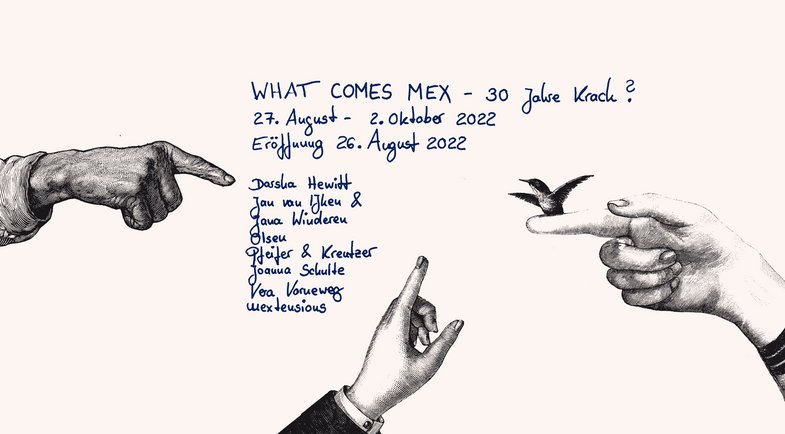
For 30 years, mex has been providing sonorous surprises at the Künstlerhaus Dortmund and has since invited 700 artists from all over the world. To mark the anniversary, the space will once again be filled with sound installations and more.
The exhibited works are experiments with windscreen wipers or winky cats, plankton or record players and they amaze in the most diverse ways. For example, the sun becomes the moon, an office chair gets spinning vertigo and sounds from the Arctic get a face. The supporting programme will also include concerts and activities that are characteristic of mex and, together with the exhibition, should make every sound art heart beat faster...


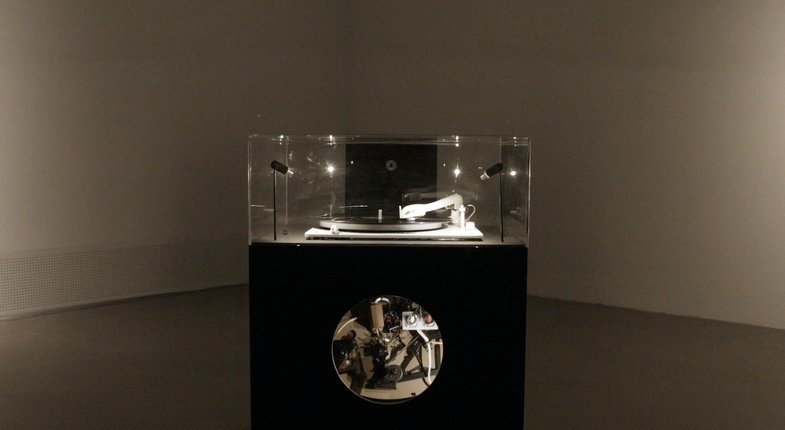
Darsha Hewitt (CA/DE) is known for her examinations into obsolete domestic technology. Her work centres around sound and critical technology studies. She make electro-mechanical sound installation, video, drawing and photography. To her, a lot can be learned about the values of capitalist culture by investigating the materiality of the machines, processes and practices of technology that consumer society throws away. In its deconstructed form, everyday obsolete technology exposes the confounding ways that humans treat one another and how we engage with ecology. Her studio practice and takes an adventurous DIY /media-archeological approach where hidden systems within technology are de/re-mystified to trace out structures of economy, power and control embedded throughout western culture.
High Fidelity Wasteland II: The Protoplastic Groove (2021) is the second piece in The High Fidelity Wasteland Trilogy - a series of sound-centric works that wade through generations of decomposing material waste produced by the global music industry. In this work, a 1950s era record player devolves the audible timescale of music from the past and amplifies and inhabits the impurities, noise and biological origins of shellac records - the precursor to vinyl as we know it today. Rather than rapidly spinning these classical compositions at the standard 78 rpm, this work slows everything down to a mere 16 revolutions per minute and stretches sound into an encompassing somber landscape.
This work benefitted greatly from input from the Deutsches Phonomuseum made possible through a residency at Kunstverein Global Forest in Saint Georgen in the Black Forest.
Production made possible through the European Media Art Platform program at KONTEJNER | bureau of contemporary art praxis.
The presentation in Dortmund is supported by the European Media Art Platform (EMAP), co-funded by the European Union.
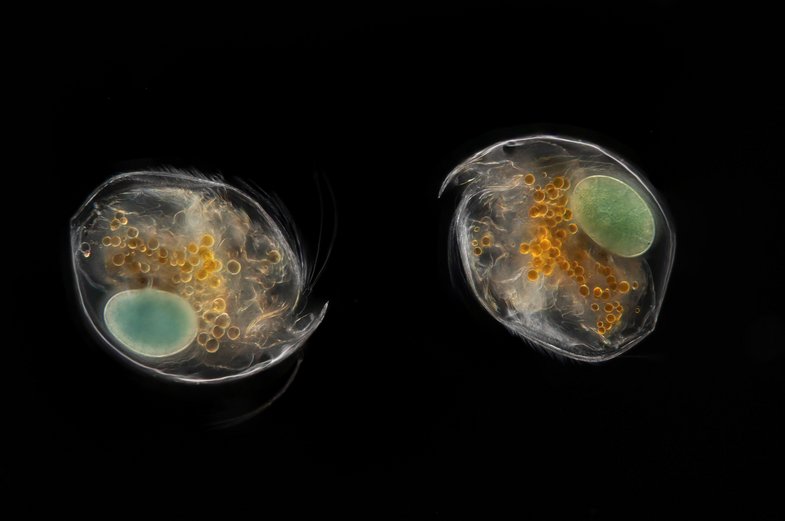
Planktonium is a short film about the unseen world of living microscopic plankton. It is a voyage into a secret universe, inhabited by alien-like creatures. These stunningly beautiful, very diverse and numerous organisms are unknown to most of us because they are invisible to the naked eye. However, they are wandering beneath the surface of all waters around us and they are of vital importance for all life on earth.
Jan van IJken filmed the plankton through his microscopes, revealing the beauty and delicate structures of the minute organisms in the finest detail. The film is without any voice-over or explanation.
Renowned Norwegian artist Jana Winderen made a sound composition for the film. She is recording audio environments and creatures which are hard for humans to access, both physically and aurally – deep under water, inside ice or in frequency ranges inaudible to the human ear.
Phytoplankton (small plant-like cells) are producing half of all oxygen on earth by photosynthesis, like plants and trees do on land. Zooplankton are forming the base of the food chain of aquatic life. Plankton are also playing an important part in the global carbon cycle. The plankton are threatened by climate change, global warming and acidification of the oceans.
Filmed, directed and produced by Jan van IJken
Sound composition by Jana Winderen
Edited by Jan van IJken and Metje Postma
Produced with generous financial support of Gemeente Leiden, Nederlands Film Fonds and Stichting Oog op de Natuur.
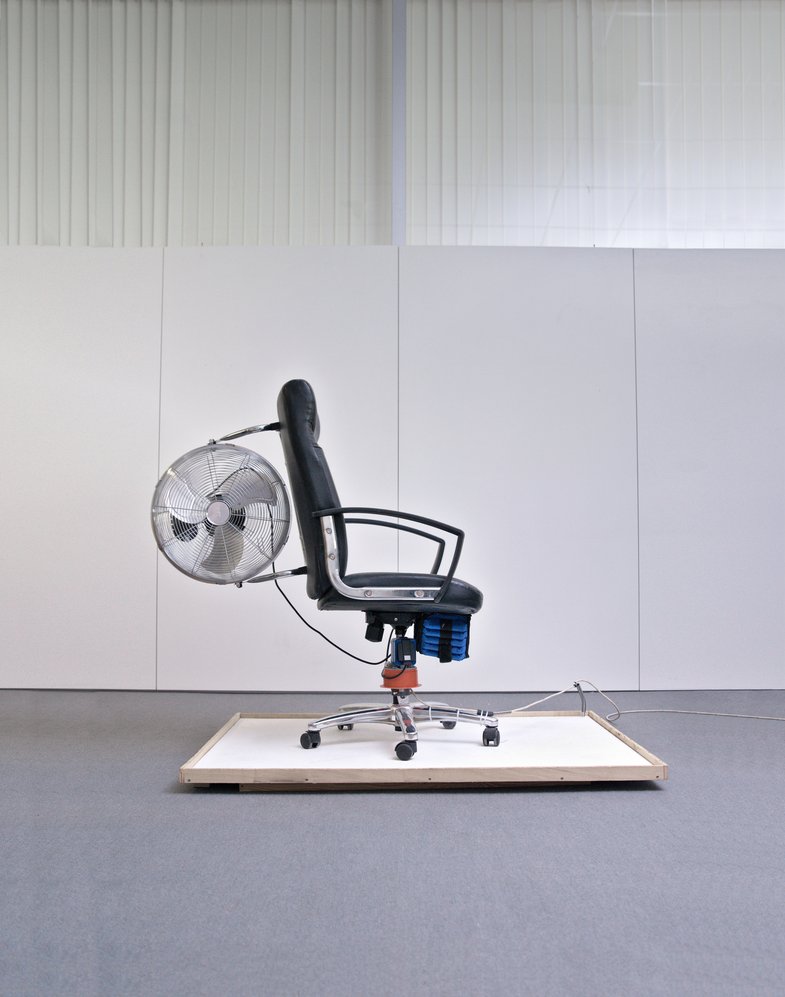
My works are investigations of the human-machine interface. A special focus is placed on everyday technologies with which we are constantly confronted and that shape our human existence, our preferences and our behavioural patterns. Examples are the opening of the boot at the push of a button, the automatic room scenting system or the robotic lawnmower. All of these examples are automata – machines or computers – that carry out certain activities for humans with the help of programming. Technology can thus be understood as the effort to save humans effort.
The installations, robots and apparatuses that I design and construct myself are positioned just beyond the borders of the functional and rational logic of technology. For example, Newton’s Buddha, a perpetual motion machine kept in swing by a beckoning cat, Uruca Caliandrum, a robotic hairbrush crawling to the sunrise, Düsen nach Jäger Art, a possessed executive chair that rotates around itself, Definitions of the Undefined, an encyclopaedia in which definitions of UFOs have been compiled from various encyclopaedias around the world, or Kruzifix, du weißt schon…, a crucified robot designed to show correlations between theology and technology or convert artificially intelligent robots to Christianity.
Inspired by Charles Ford’s witzenschaftliche Weltbetrachtung (jokey view of the world), I take a humorous approach in building creatures and apparatuses that disturb the sleep of scientific reason and tickle the feet of figures of thought of technological determinism, revealed, for instance, in the idea of the technological singularity where technology subjugates humanity. Humour and wit as a form of resistance to the functionalism of the Lebenswelt (life-world) in the “practical” sense. Seen in this light, my works are poetic tactile attempts beyond meaningful logic, efforts to liquidate factual reality in the idling of its remote-controlled automatism, in the hope that they will pose questions contrary to the rule of purpose or, more precisely, subordination to utility, because unquestioned the useless is pitted.
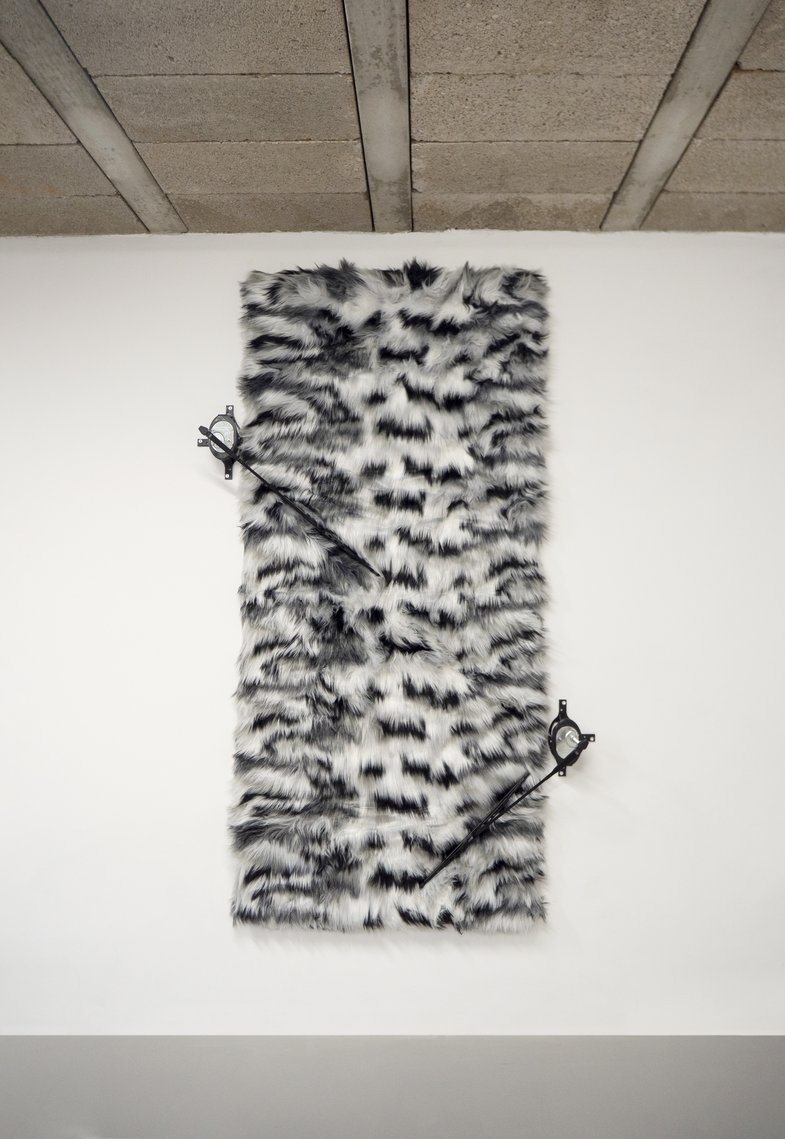
Pfeifer & Kreutzer are a conceptual artist duo.
Their artistic work spans a variety of media, from sound objects, kinetic installations, and videos to mixed-media installations. With their artworks, the artists question expectations, processes of perception and understanding. In doing so, they break up minimalist formal language through movement, play with the unexpected, or defy gravity.
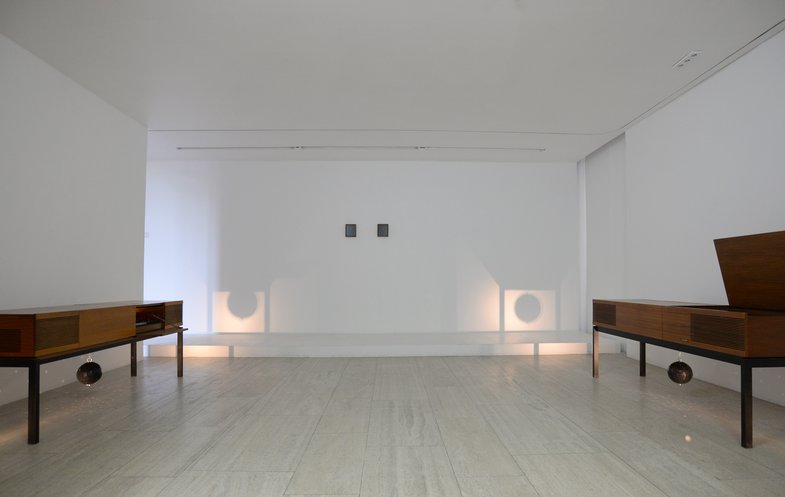
"Two 1960s-style stereo consoles face one another in “Stereo twice.” Frank Duvall’s hit single “Give Me Your Love” from the 1980s is rotating on the both of the turntables. However, the musical content is secondary, as both of the pickup arms have been manipulated in such a way that one and the same passage plays over and over again. What originates by analog means is what otherwise only occurs by mixing samples: an indefinite beat that produces a spatial effect through the use of two stereo sound sources. Depending on where visitors are in the space, an acoustic discoloration takes place: the two beats sometimes seem synchronous, and in the next instant they distance themselves from one another in terms of time and space, one to find themselves again. On the one hand, by using a loop the sound work makes reference to the repetition of one of the most elementary components of music, and at the same time to the impossibility of the perfect sameness of what is being repeated as such." (Jennifer Bork)
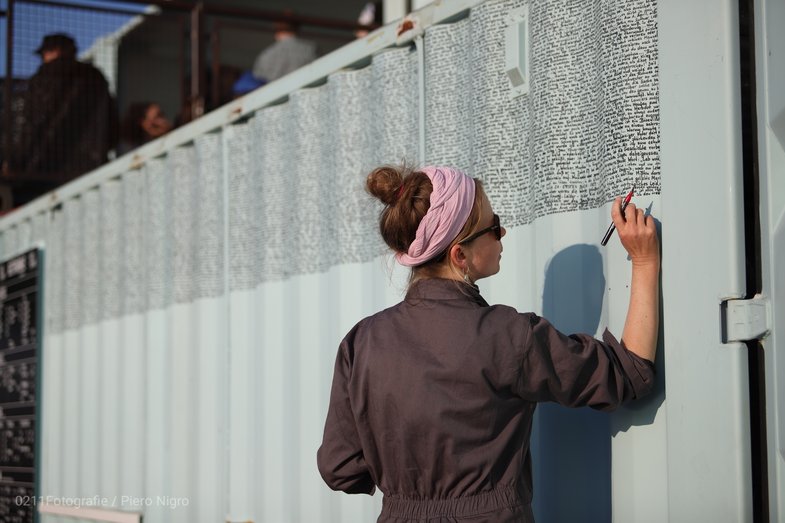
The author Vera Vorneweg was born in 1985 in Mülheim an der Ruhr and lives in Düsseldorf. Studied social work and philosophy. Numerous publications in anthologies and magazines as well as in public spaces. Her debut "Kein Wort zurück" has just been published by Edition Muschelkalk at Wartburg-Verlag.
Various exhibitions and readings, e.g. at the Stadtmuseum Lüdenscheid, in Erfurt and Düsseldorf. Various prizes and scholarships, e.g. Harald Gerlach Prize, scholarship holder "Künstler*innen im ländlichen Raum", 1:1 mentoring programme with Marion Poschmann, NRW artist scholarship and Künstlerdorf Schöppingen.
For the exhibition in Dortmund, Vera Vorneweg describes the wall of an exhibition space in a process lasting several days with the names of the more than 700 artists who have been guests at mex over the last 30 years.
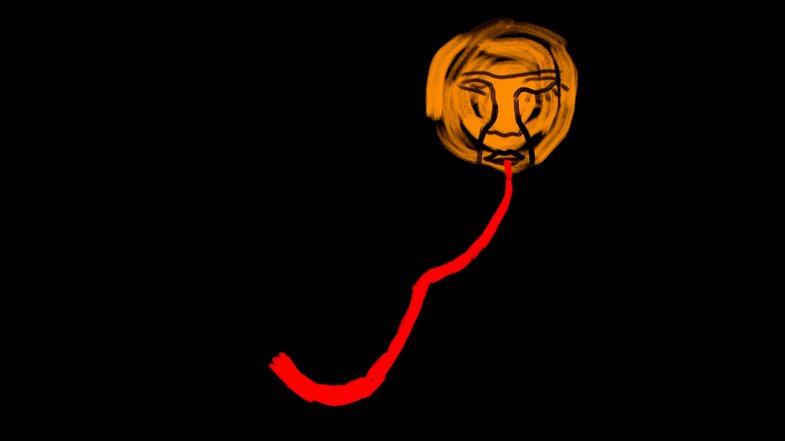
Due to Covid19 we had no mex-concert organized in 2020, but therefore produced a fine Sampler on vinyl, cassette and cd. Begin 2021 it seemed as if it would be much the same, so we at mex started to think about something else we could do and came up with the idea to invite 15 international artists to join in a chain-video-project. As soon as everybody was in, Tina Daurova (RU/DE) started with a short sequence, that would then be sent to Tim Huys (DE). He filmed further three minutes and forwarded it to Lena Czerniawska (PL), who would then continue the movie. One after the other would add to the development of the story in their very own way and Pablo Paredes (CL/DE), Tatsuru Arai (JP), Stefan Demming (DE), Oren Banai (IL/NL), Aída Rebull (MX), Achim Zepezauer (DE), Vera Vorneweg (DE), Wei Kang Beh (MY), Tina Dunkel (DE), Anna Lytton (DE), Jessica Arseneau (CA) and Malte Jehmlich (DE) followed with their extensions. And some three months later a movie of 45 minutes length had arisen, that tells a wonderfully multifaceted and unpredictable story in pictures and sound.